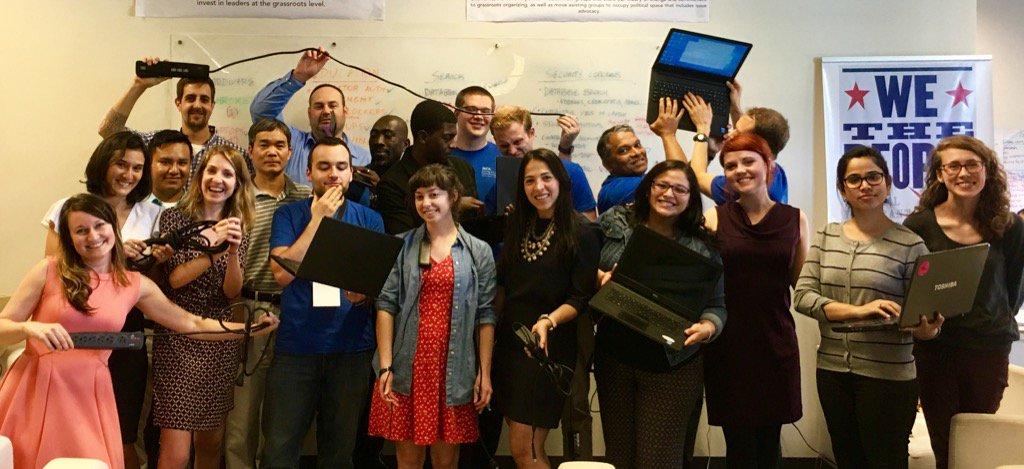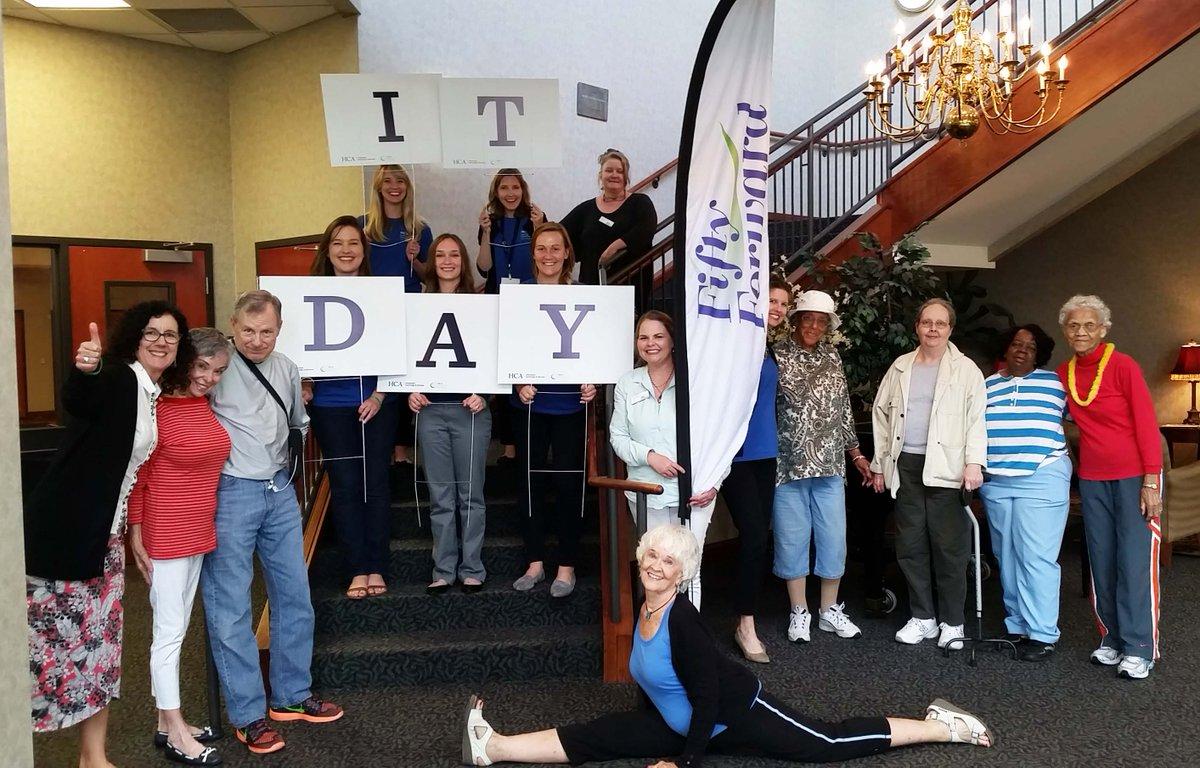Skills-based Volunteering with HCA
Author: Cameron Varnu
This 60 second interview series features success stories from our Global Good Network™, and a rapid-fire interview with the partner on how it was achieved.
This month, we sat down with Caitlin Nossett, the Program Manager at the HCA Foundation to discuss their “IT Community Days” volunteering event.
Briefly explain the IT Community Day
IT Community Day combines a traditional day of service model with skilled volunteerism to provide a daylong opportunity to engage a wide range of IT talent to use their skills to solve simple IT problems for local nonprofits. Projects included improving network connectivity, providing desktop support, and increasing efficiency of operations as well as troubleshooting specific nonprofit challenges. In one business day, 180 volunteers completed 80 projects at 22 nonprofit sites, contributing a $66,960 benefit to the community.

Briefly explain the IT Community Day
Skills-based volunteering provides a unique opportunity to both traditional volunteers and non-traditional volunteers. Our employees said it best:
- It gives employees a sense of purpose. IT Community Day “gave you a sense of purpose and that your everyday skills utilized on the job was able to truly help an awesome community nonprofit organization.”
- It engages a group of employees that may not participate in traditional service. “I don’t volunteer for things like Habitat for Humanity or other work like that, but I love being able to use my most valuable skills and knowledge to aid local nonprofits. This is exactly what I have been wanting for a long time.”

How did you choose the 22 nonprofits in Nashville to volunteer with?
For the inaugural IT Community Day, we recruited local nonprofits who had participated in a previous community hack-a-thon. Many of these nonprofit benefited from a new technology solution built at the hack-a-thon; however, continued to struggle with addressing basic IT needs and problems. By building upon existing relationships with nonprofit partners, we were able to deepen our investments in a cohort of organizations and further build the technological capacity of our partners.
How did you recruit the 180 Information Technology employees to participate?
IT Community Day was the first day of service in which we did not see volunteers drop-out. We cascaded email communications via IT Leadership and installed promotional stickers in office buildings with IT employees. We also encouraged peer-to-peer recruitment. Each nonprofit was assigned a Project Coordinator who was responsible for scoping out projects and communicating with volunteers.
There was an average of three to four projects at each project site. Each project was tagged with a specific skill set. We recruited volunteers based on both their passion for charitable causes and their skill set.

What benefits at HCA have you seen?
The greatest benefit of IT Community Day to HCA is employee engagement. IT employees were eager to put their skills to work to help their community and completed the day with a sense of purpose. Many expressed a greater appreciation for their teams and workplace.
What sort of feedback have you received from the nonprofits?
Participating nonprofits expressed a great deal of gratitude for the pro bono services they received that solved vexing problems. Without IT Community Day, most of these problems would have continued to persist. However, in some cases, sitting alongside talented IT professionals, prompted nonprofit staff to realize how far behind their organizations are on the technology curve. Many additional needs were surfaced that we hope to address through future skilled volunteer engagements.
What are your plans and ideas for doing this again in the future?
One benefit that was realized through IT Community Day was the potential for deep volunteer engagement in building our nonprofit community’s capacity to utilize technology in a relatively short amount of time. We are now planning to pair our 36-hour community hack-a-thon with IT Community Day in April 2018. We hope by pairing these two models we can engage a wider spectrum of employee talent while providing more holistic capacity building support to meet the needs of our nonprofit community.
“I love being able to use my most valuable skills and knowledge to aid local nonprofits.”
What advice would you give to a company trying to achieve similar results with skills-based volunteering?
- Set Expectations: Many nonprofit partners do not have a good understanding of the scope of work that can be accomplished in one work day. Encourage Project Coordinators and Technical Leads to set appropriate expectations and prioritize activities with their nonprofit partners.
- Prep for Success: Encourage Project Coordinators to share activity details with volunteers ahead of time. The project will inevitably shift to meet needs that emerge on the day of the project, but volunteers appreciate having time to think about the project needs ahead of the day of service. With adequate preparation, skilled volunteers can add a tremendous amount of value to the community in a short amount of time.
- Centralize Resources: If a common need arises, think about how to centralize training to maximize resources.
- Plan with the Future in Mind: Even with the best planning, there is always more work to be done. Think about ways that employees can continue to volunteer after the day of service.